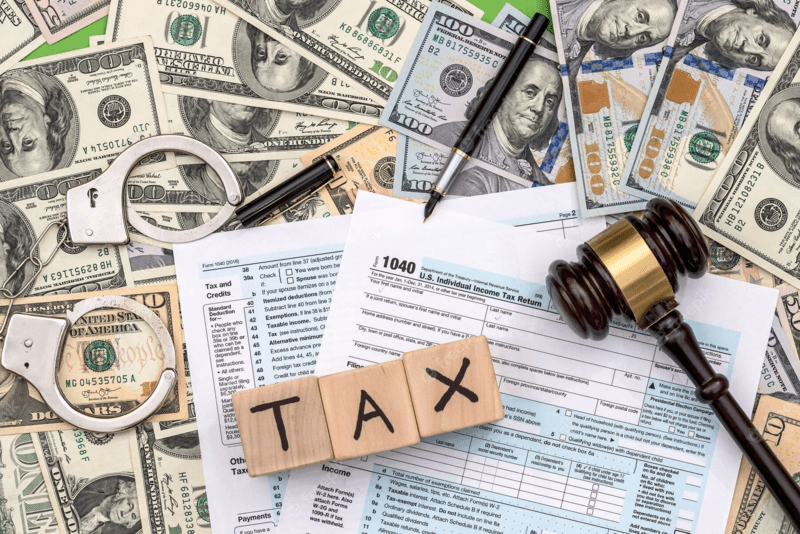Quarterly tax deadline is Jan 15. See how much you owe penalties
How To Avoid A Penalty For 4th Quarter Estimated Tax Payments?
How To Avoid A Penalty For 4th Quarter Estimated Tax Payments?
Table of contents
Key takeaways:...Read more
What are estimated taxes?...Read more
Who pays estimated taxes?...Read more
When are estimated tax payments due in 2024?...Read more
How to pay quarterly taxes?...Read more
How to avoid the penalty for not paying estimated taxes?...Read more
How to waive an underpayment tax penalty?...Read more
Making the full payment at once...Read more
How to calculate quarterly taxes?...Read more
What is the penalty for not paying estimated taxes?...Read more
How to extend tax filing?...Read more
Is there a penalty for filing taxes late?...Read more
What is the safe harbor rule for avoiding the underpayment of estimated tax penalty?...Read more
How to avoid an underpayment tax penalty if my income is unstable?...Read more
Does filling a tax extension avoid an underpayment penalty?...Read more
What is the tax filing deadline for 2024?...Read more
Key takeaways:
- Estimated taxes need to be paid for any income not subject to withholding.
- If you don’t adhere to the IRS’s estimated tax rules, you will be hit with an underpayment penalty.
- If you missed the deadline for the 4th quarter payment, it’s still possible to avoid a penalty on estimated taxes.
What are estimated taxes?
Who pays estimated taxes?
- Gig workers
- Self-employed individuals
- Small business owners
- Freelancers
- 1099 workers
- Independent contractors
When are estimated tax payments due in 2024?
How to pay quarterly taxes?
How to avoid the penalty for not paying estimated taxes?
How to waive an underpayment tax penalty?
- You’re retired, and you reached 62 years of age during the current or previous tax year.
- You became disabled during the tax year.
- The payment was missed due to a natural disaster or unusual circumstance.
- You didn’t owe any taxes for the previous year and were a US citizen during that time.
- There was a reasonable cause for missing the penalty and not for neglecting to pay.
Making the full payment at once
How to calculate quarterly taxes?
What is the penalty for not paying estimated taxes?
How to extend tax filing?
Is there a penalty for filing taxes late?
What is the safe harbor rule for avoiding the underpayment of estimated tax penalty?
How to avoid an underpayment tax penalty if my income is unstable?
Does filling a tax extension avoid an underpayment penalty?
What is the tax filing deadline for 2024?
What’s FlyFin?
Expert tax CPAs ensure 100%-accurate tax filing
A.I. finds every tax deduction, eliminating 95% of your work
On average users save $3,700
